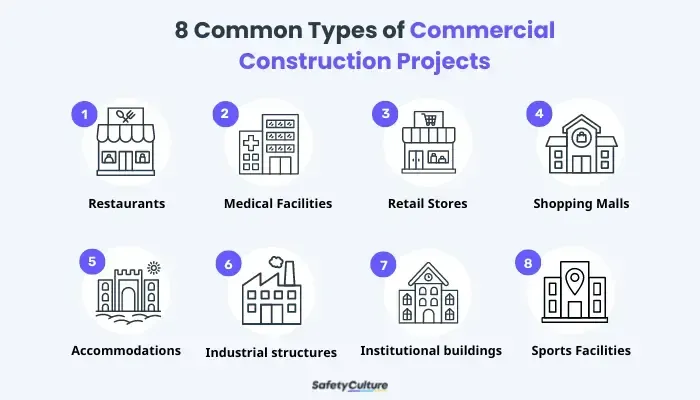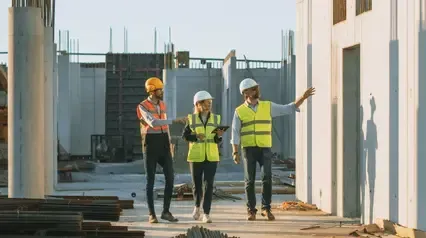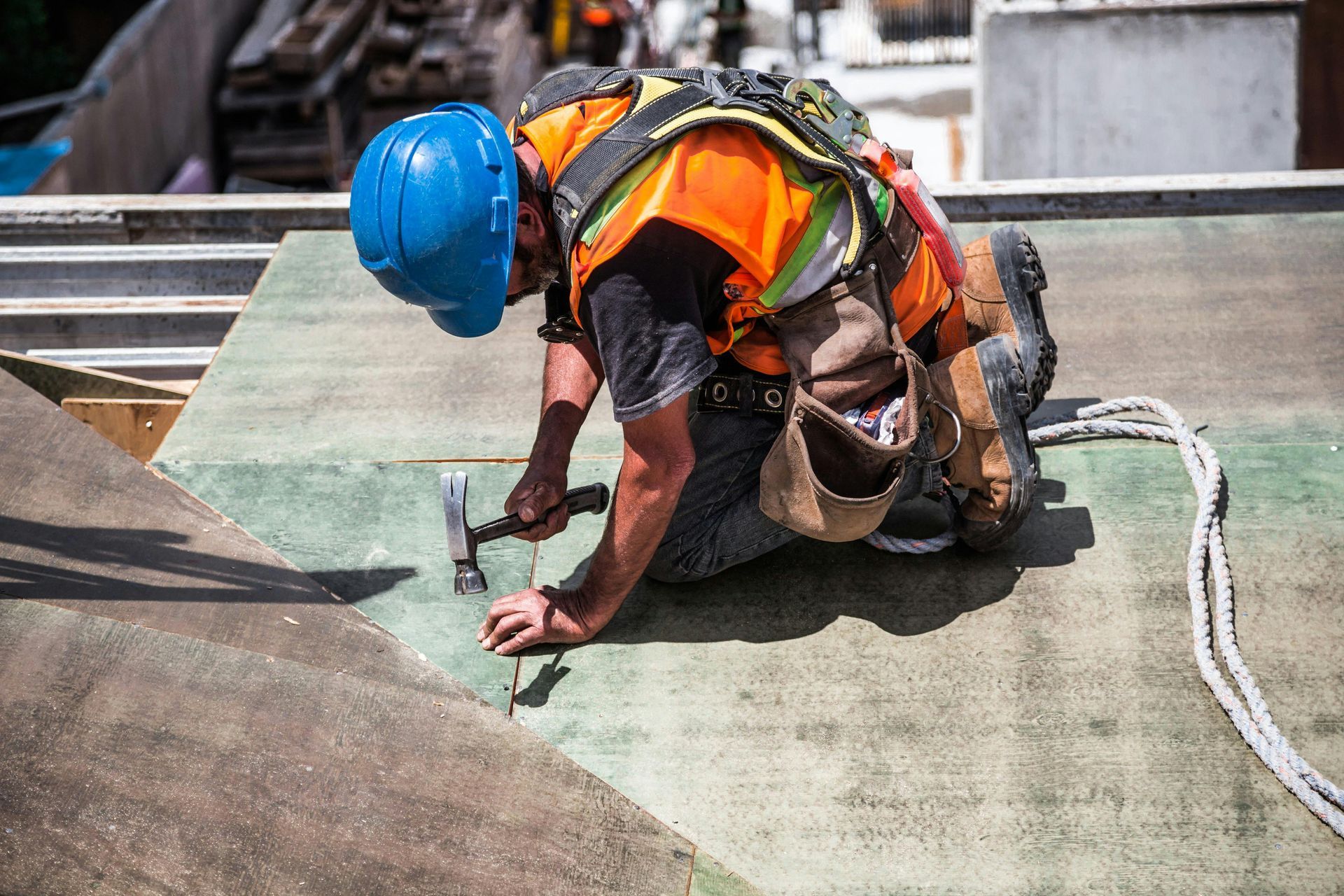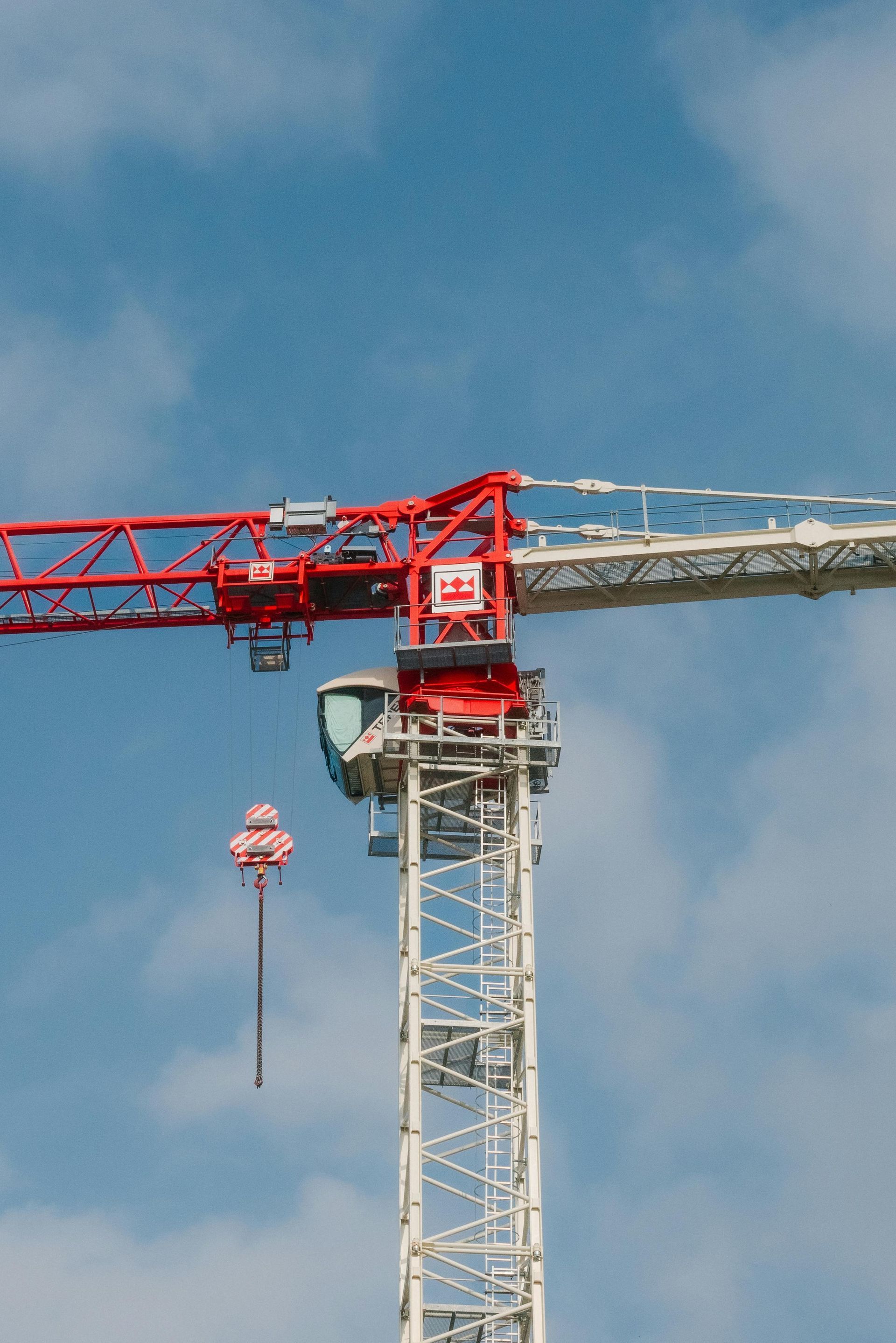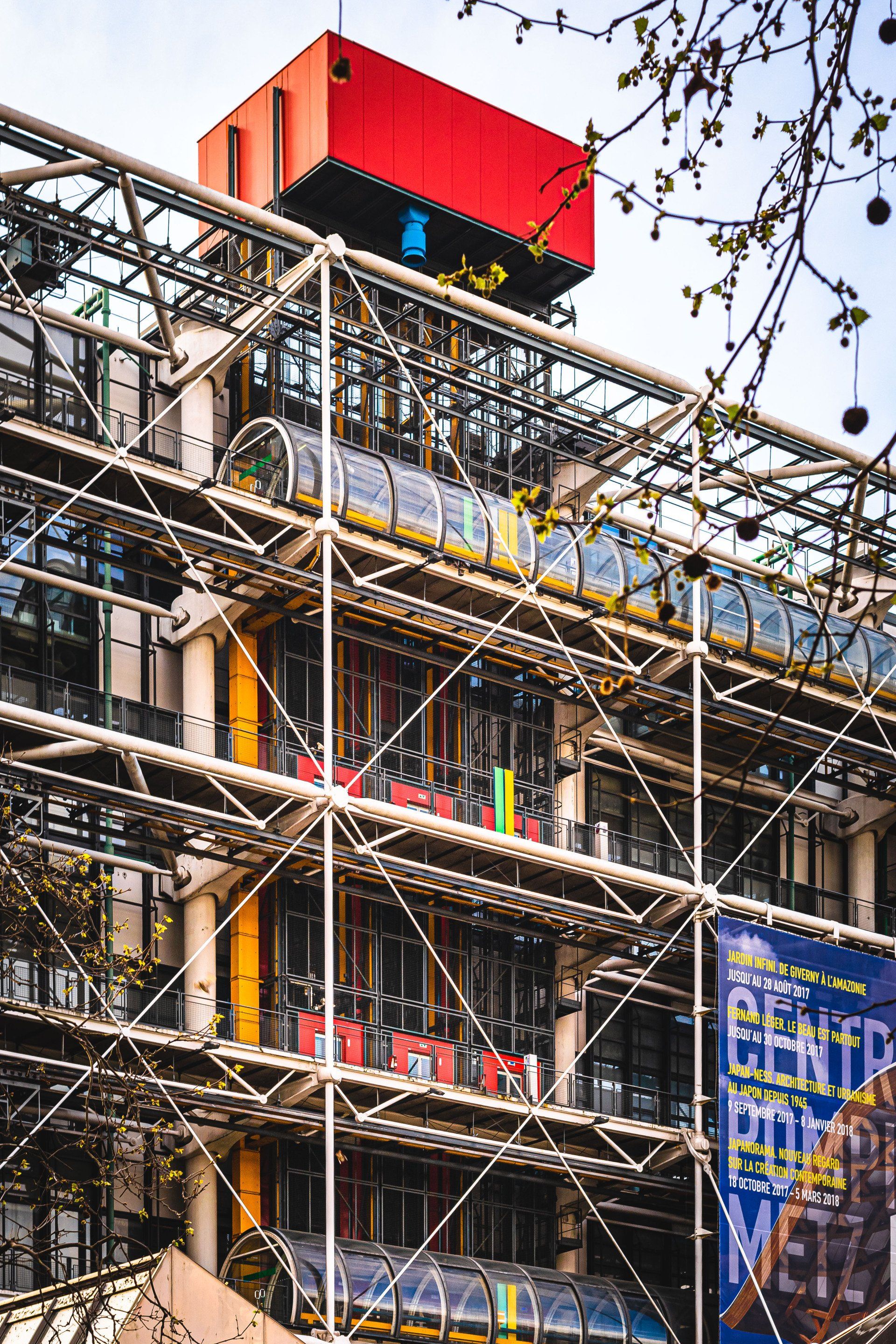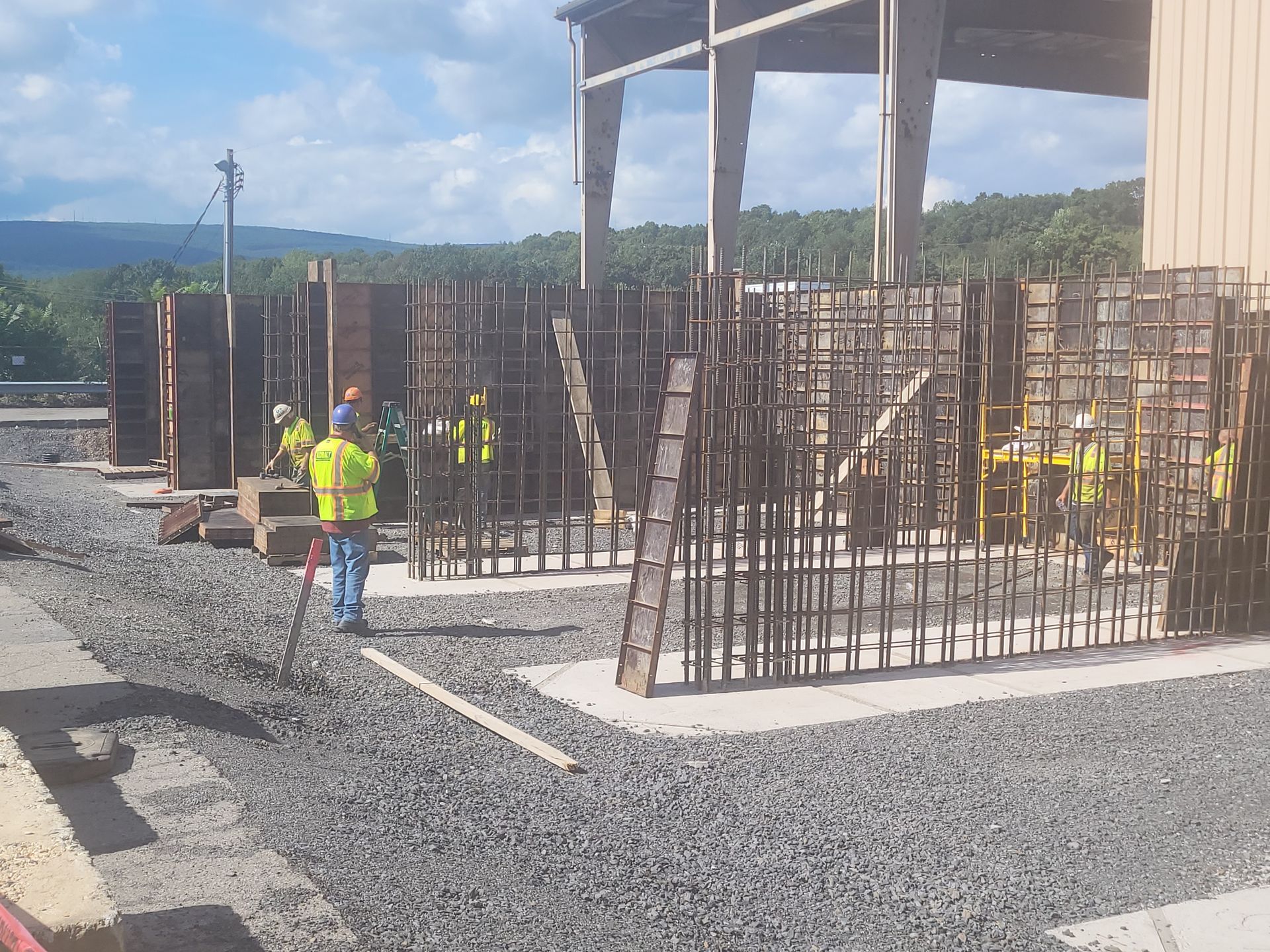How Winter Storms Affect Construction Timelines and How to Plan for Delays
Winter storms can be a major obstacle for construction projects. Whether you're involved in
commercial building construction or building an office building, understanding how these storms affect timelines and planning for delays is crucial for staying on track and within budget.
Photo By: Safety Culture
The Impact of Winter Storms on Construction
Winter storms can disrupt construction projects in several ways. From heavy snowfall and freezing temperatures to icy conditions and strong winds, these weather events can halt work, damage materials, and create unsafe conditions for workers.
Snow and Ice Accumulation
One of the most obvious effects of winter storms is snow and ice accumulation. Heavy snowfall can bury construction sites, making it impossible to continue work until the area is cleared. Similarly, ice can create hazardous conditions, making it unsafe for workers to operate machinery or move materials.
Freezing Temperatures
Freezing temperatures pose another challenge. Certain construction materials, like concrete, can be adversely affected by cold weather. For instance, concrete can freeze before it sets, compromising its strength and durability. This can lead to costly repairs or even structural failures down the line.
Strong Winds
Strong winds can also be problematic during winter storms. High winds can blow debris around, damage temporary structures, and pose a risk to workers and equipment. For example, cranes and other tall machinery may need to be secured or lowered to prevent accidents.
Delays in Material Delivery
Winter storms can also disrupt the supply chain, leading to delays in material delivery. Roads may be impassable, and shipping schedules can be thrown off, causing a ripple effect that delays the entire project.
Planning for Winter Storm Delays
While you cannot control the weather, you can plan for it. Being proactive can help you mitigate the impact of winter storms on your construction project.
Build a Flexible Timeline
When planning your construction project, consider building in some buffer time to account for potential weather-related delays. This can help prevent the need for rushed work or costly overtime to meet deadlines.
Monitor Weather Forecasts
Keep a close eye on weather forecasts and adjust your plans accordingly. If a storm is predicted, you can prepare by securing the site, covering materials, and rescheduling work as necessary.
Develop a Contingency Plan
Having a contingency plan in place is crucial for dealing with unexpected weather events. This plan should include steps for securing materials and equipment, communicating with workers and stakeholders, and adjusting timelines and budgets as needed.
Use Cold Weather Construction Techniques
Implementing cold weather construction techniques can help minimize the impact of winter storms. For example, using heated enclosures or blankets can allow concrete to cure properly despite freezing temperatures.
Communicate with Your Team
Effective communication is essential for managing
construction delays. Ensure that your team is aware of the contingency plans and knows what to do in the event of a winter storm. Regular updates can keep everyone informed and aligned.
Photo By: Safety Culture
Real-World Examples
To better understand how winter storms affect construction timelines, let's look at some real-world examples.
Example 1: Commercial Building Construction in the Midwest
In the Midwest, where winter storms are common, a commercial building project faced significant delays due to heavy snowfall. The project manager had anticipated potential weather disruptions and had built extra time into the schedule. Despite the snow, the project was completed on time because of the proactive planning and use of cold weather construction techniques.
Example 2: Office Building Construction in the Northeast
An office building project in the Northeast encountered freezing temperatures that affected concrete pouring. The team used heated tents to keep the concrete warm, allowing it to set correctly. Though the project was delayed by a few days, the contingency plan in place allowed them to adjust timelines and minimize further disruptions.
Conclusion
At Kobalt Construction, we understand that winter storms can significantly impact construction projects. Whether you're involved in commercial building construction or building an office building, the right preparation is key to success. By implementing proactive strategies and planning for winter storms construction delays, you can mitigate potential setbacks.
Remember, it's important to build flexibility into your timelines and to monitor forecasts closely. Having a solid contingency plan, using cold weather construction techniques, and maintaining clear communication with your team will help navigate the challenges of winter weather.
If you're ready to take control of your construction timelines and ensure your project stays on track,
contact Kobalt Construction today. Our team of experts is here to help you plan effectively for winter storms and deliver your project with excellence, no matter the weather. Let's work together to build your vision!

